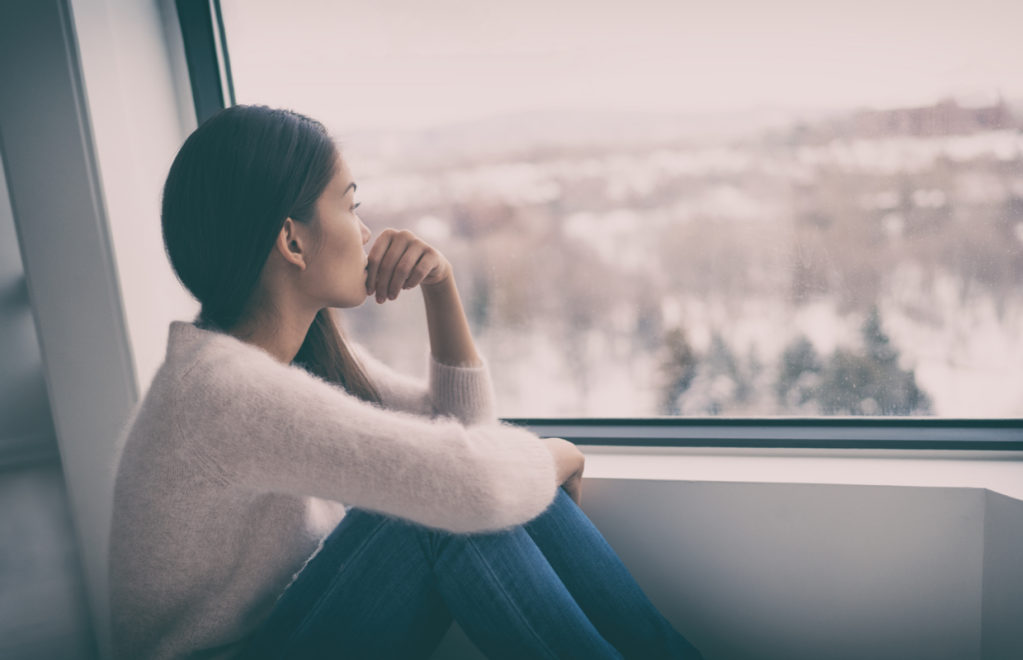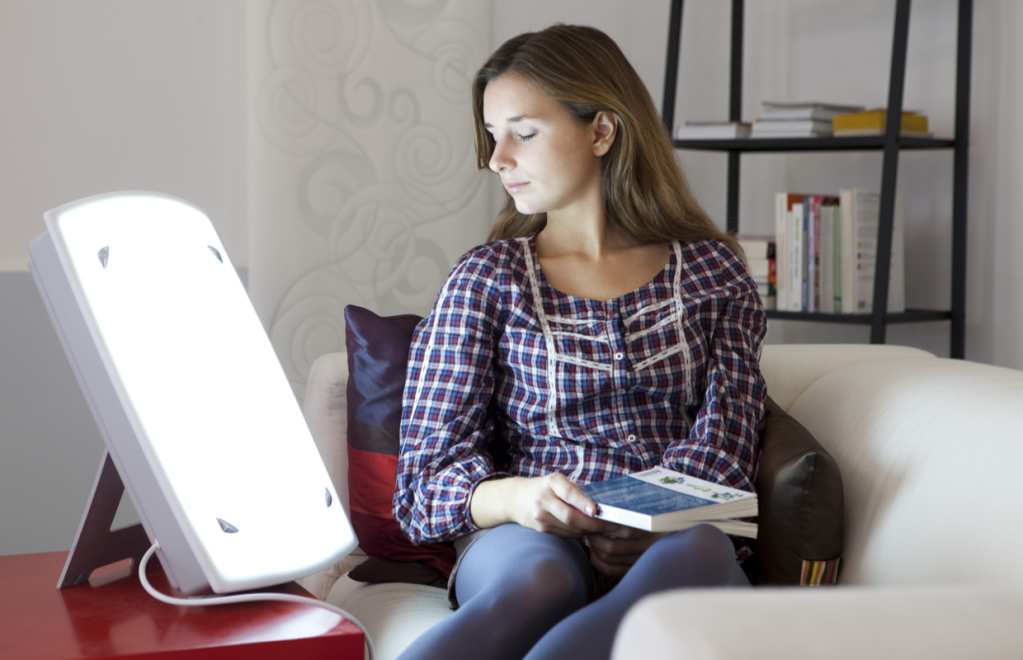What is Seasonal Affective Disorder (SAD)?
Discover the causes and symptoms of Seasonal Affective Disorder (SAD), plus some top tips on how to help yourself and others who are struggling.

For many, the crisp chill of winter can bring genuine happiness. However, for others, the cold weather and darkness can have a profound impact on mental health, making it a time to be endured rather than enjoyed. Medical doctor Radha Modgil and experts from the Mental Health Foundation explain the causes and symptoms of Seasonal Affective Disorder (SAD), before sharing some top tips on how to overcome it.
What is Seasonal Affective Disorder (SAD)?
Seasonal Affective Disorder (SAD) is a type of depression characterised by the fact that it comes and goes in a seasonal pattern. ‘SAD affects around six per cent of the population, with women most likely to feel its effects,’ says Dr Modgil.
‘Many people ask what makes SAD different from other types of depression and the main distinction is the seasonal element. SAD has many similar symptoms to other forms of depression, making it difficult to diagnose at times.
‘Your GP will probably see if they can spot a pattern – whereby the depression appears at the same time of year – and note if you experience periods without depression. For some people, the symptoms can be mild, while for others day-to-day life is severely affected.’
What causes Seasonal Affective Disorder (SAD)?
‘The exact cause of SAD is not fully understood, with many people attributing it to something as simple as “the winter blues”. However, it can be rather more complex than that,’ explains Dr Radha. ‘The main theory is that a lack of sunlight during the dark winter months may throw apart of your brain, the hypothalamus, out of kilter.‘
The hypothalamus is responsible for the production of melatonin, which makes you feel sleepy. It is believed that those who experience SAD produce too much melatonin, causing them to feel excessively tired.
At the same time, serotonin levels in the body may decrease due to the lack of light. Serotonin is responsible for your mood, appetite and sleep. A lack of it can put your whole system out of rhythm.
Finally, your internal body clock – also known as your circadian rhythm – relies on sunlight to regulate itself and perform its many important functions, which means that low-level winter light can cause problems. ‘However, it’s worth noting that while we predominantly see SAD in winter, people can feel it during other seasons and times of the year too,’ adds Dr Modgil.

What are the main symptoms of Seasonal Affective Disorder (SAD)?
The main symptoms of SAD include:
- A persistent low mood
- Irritability
- A loss of pleasure or interest in normal activities
- Feelings of despair or guilt
- Feeling frequently tired or lethargic during the day
- Sleeping for longer
- Craving carbs and sugar, and gaining weight
3 ways to help yourself or others with Seasonal Affective Disorder (SAD)
‘Thankfully, there are a number of simple things you can try at home that may help improve symptoms of SAD,’ says Dr Radha…
1. Go outside
‘You don’t need blazing sunshine to reap the benefits of natural light. Get out and about as much as possible, even on dull days – think morning and lunchtime walks or even a spell in the garden. Even 15 to 20 minutes outdoors can make all the difference.’
2. Revamp your living space
‘A few moderations to your living space can let in more light. Open your curtains that bit wider and roll blinds all the way up to the top of the window. Dig out the glass cleaner and give your windows a good polish. Then, move your favourite reading chair closer to them. Getting as much natural light as you can is essential.’
3. Talk it over
‘Finally, help manage your symptoms and keep your spirits up by speaking to friends and family about how you feel. Talking is a fantastic comfort and enlisting the advice and support of loved ones will help you keep on top of things.’

Seeking further help for SAD:
‘If you’re experiencing the symptoms of SAD, as well as taking the simple steps mentioned above, you should visit your GP,’ says Dr Radha. ‘They will be able to offer advice and refer you for different kinds of therapy, if necessary.
‘They may discuss lifestyle tweaks, medication, talking therapies such as CBT or even light therapy. This is where you use a special lamp called a light box to simulate exposure to sunlight. Lightboxes are not usually available on the NHS, but your doctor will be able to discuss whether using one might be appropriate for you.




